About the Birth Year Project:
You supply your birth year, I respond with an overview of what was published that year—the popular/well-known titles first, then some books I'd recommend. If your year's already been done, I'll do an update. To date, we’ve done 21 years altogether, between 1939 and 1989.
[Note: The subheading on the navigation bar listing the years already posted is incomplete, owing to a glitch even Substack’s crack AI function seems unable to rectify. In the near future, I’ll build a new version of the list.]
Extra credit: You read one of the books (ideally one you're unfamiliar with), then tell me what you thought. If we get enough of these, I'll aggregate and post.
BEST KNOWN/BEST-SELLING FICTION:
Lucky Jim, Kingsley Amis1
The Bridge Over the River Kwai, Pierre Boulle [English translation by Xan Fielding]2
Live and Let Die, Ian Fleming
Lord of the Flies, William Golding3
Bonjour Tristesse, Françoise Sagan4
Sweet Thursday, John Steinbeck5
The Lord of the Rings: The Fellowship of the Ring and The Two Towers,
J. R. R. Tolkien
A SAMPLE OF WORLD LIT:
The Mandarins, Simone de Beauvoir6 [France]
I'm Not Stiller, Max Frisch [Switzerland]
The Sound of the Mountain, Yasunari Kawabata7 [Japan]
The Emigrants, George Lamming [Barbados]
Nector in a Sieve, Kamala Markandaya [India]
A Ghost at Noon, Alberto Moravia [Italy]
My Life in the Bush of Ghosts, Amos Tutuola8 [Nigeria]
La Colère végétale, Monique Watteau9 [Belgium]
SPECIAL MENTION:
Under the Net, Iris Murdoch10
The Doors of Perception, Aldous Huxley11
Sayonara, James A. Michener12
Story of O, Pauline Réage (Anne Desclos)13
No Time for Sergeants, Mac Hyman14
MY LIST:
[Lucky Jim and Bonjour Tristesse from above.]
Who Was Changed and Who Was Dead, Barbara Comyns (1954)15
The Fascinator, Theodora Keogh (1954)16
The Wicked Pavilion, Dawn Powell (1954)17
Sir Kingsley: Writer of twenty satiric novels, along with books of stories, poems, memoir, criticism, TV and radio scripts, pal of Philip Larkin, drinker, father of Martin Amis. Lucky Jim was his first novel, a send-up of university life, snooty manners, postwar boredom, etc. Often lumped together with the Angry Young Men group of Fifties novelists, though he rejected the term.
From Amazon:
Regarded by many as the finest, and funniest, comic novel of the twentieth century, Lucky Jim remains as trenchant, withering, and eloquently misanthropic as when it first scandalized readers in 1954.
Boulle: I typically list books by the year of original publication, unless there’s a reason to use the translation’s date, as here. Boulle’s novel appeared in 1952. The translation became the source of David Lean’s epic film of the same title (1957).
I was stunned to discover that Boulle also wrote Planet of the Apes (1963).
https://en.wikipedia.org/wiki/The_Bridge_over_the_River_Kwai [novel]
https://en.wikipedia.org/wiki/The_Bridge_on_the_River_Kwai [film]
Golding: 1983 Nobel Laureate.
https://en.wikipedia.org/wiki/1983_Nobel_Prize_in_Literature
[I went to a boy’s boarding school in CT. The fall of sophomore year, we all gathered in the auditorium to watch the 1963 film of Lord of the Flies . . . because it starred a member of our class, Tom Chapin. He’d done no acting (they wanted untrained boys), but his father was an artist, and somehow Tom crossed paths with the filmmakers. For the record, Tom went on to became a geologist.
Sometime, I’ll tell about my own thrilling career in the movies (rifle-toting extra in Michael Cimino’s epic, Heaven’s Gate).]
Sagan: Published when she was eighteen. A plot with a time bomb. Good quick overview in the link below, including:
Banned in several European countries and by the Vatican, the book was often read secretly. In South Africa, readers of Bonjour Tristesse (Hello Sadness) faced imprisonment if caught with the book. French readers found it both scandalous and liberating. In America, it reached No. 1 on the New York Times bestseller list a year after its publication. Hollywood turned it into a film in 1958.
https://news.colby.edu/story/why-we-cant-and-shouldnt-forget-francoise-sagan/
Another, much-less-remembered novel by a girl phenom: Pamela Moore’s, Chocolates for Breakfast (1956)—also published when she was eighteen. Check it out.
https://en.wikipedia.org/wiki/Chocolates_for_Breakfast
Sweet Thursday:
https://en.wikipedia.org/wiki/Sweet_Thursday
The Mandarins: Last week I posted about another of de Beauvoir’s novels, Les Inséparables. Just learned she had a major love affair with Nelson Algren [The Man With the Golden Arm (1949)]—The Mandarins is dedicated to him.
https://en.wikipedia.org/wiki/The_Mandarins
https://en.wikipedia.org/wiki/Simone_de_Beauvoir
Tutuola:
https://en.wikipedia.org/wiki/My_Life_in_the_Bush_of_Ghosts_(novel)
Watteau: Writer of fantasy, painter, model, cryptozoologist. Also known as Alika Lindbergh (she was married to a son of Charles Lindbergh—they created a primate research facility in France. This was her first novel. From the Wiki:
Watteau was reportedly considered for the Prix Goncourt and the Prix Femina, but she was removed from the running of the latter prize in 1954 when the jury discovered that she had posed for nude photographs.
What a life she had!
https://en.wikipedia.org/wiki/Monique_Watteau
Her painting “Wolf Child":
Iris Murdoch: Well, I’ve never read a word of Murdoch—seemed dauntingly philosophical (she also wrote several books of philosophy). Nonetheless, she was a big deal—had a huge body of work, was a Dame of the British Empire, a Booker winner [The Sea, The Sea (1978)], etc. Under the Net was her first novel (now one of Modern Library's 100 best English-language novels of the 20th Century). The last few years of her life were stolen by Alzheimer’s—documented in Iris: A Memoir by her husband, John Bayley [American title, An Elegy for Iris]. Filmed in 2001 [Iris] with Kate Winslet and Judy Dench.
https://en.wikipedia.org/wiki/Iris_Murdoch
Huxley: A foundational (and autobiographical) text in the literature of psychedelia.
https://en.wikipedia.org/wiki/The_Doors_of_Perception
https://en.wikipedia.org/wiki/List_of_psychedelic_literature
Michener: This represents the start of the Michener who was a perennial presence on the bestseller lists: Hawaii (1959), The Source (1965), Chesapeake (1978) and several dozen others. A major figure in popular lit. Every estate sale you visit will have a shelf of Micheners.
The Story of O: Famous erotic novel, deeply kinky, written under a pen name.
https://en.wikipedia.org/wiki/Story_of_O
https://en.wikipedia.org/wiki/Anne_Desclos
Sergeants: Mac Hyman struck gold with this bestselling comic work . . . but died at 39 while at work on his second novel.
I first heard of it via the 1958 film of the same title, my first dose of Andy Griffiths and Don Knotts. Soon after, Knotts showed up in “man on the street” sketches on The Steve Allen Show (a precursor of shows like The Tonight Show, etc.). Knotts was the nervous one, Tom Poston the absent-minded one, Louis Nye the suave cat who always said, “Hi ho, Steverino—” Why is it I remember stuff like this??
Keogh: I first ran into her via my collection of Signet pulps: Meg, The Fascinator, The Tattooed Heart . . .
. . . so it might surprise you that her original name was Theodora Roosevelt—she was a grand-daughter of POTUS 26, the old Rough Rider (though her aunt Alice wrote and was the subject of several books). Below, a link to a great piece on her in The Paris Review:
https://www.theparisreview.org/blog/2011/08/22/the-late-great-theodora-keogh/
She wrote nine novels between 1950 and 1962, then stopped writing altogether. Her writing is said to be akin to Patricia Highsmith’s. Another woman in today’s post who led a life worth reading about. The last line in her Wiki bio:
After [her third husband’s] death, Keogh spent the last years of her life in North Carolina, in a house in the woods with cats and chickens.
Powell: You should know Dawn Powell—she should not have fallen out of the public mind. She wrote 15 novels, a slew of stories, some plays; several volumes of her diaries were published in 2001. Gore Vidal took a stab at resurrecting her work with pieces in The New York Review of Books—here’s the link to the first of these efforts, but you need to be a subscriber to read beyond the opening page.
https://www.nybooks.com/articles/1987/11/05/dawn-powell-the-american-writer/?srsltid=AfmBOooXcqZ4XuYPfZmqZY_fPiUm9oTnQUHe4oC6usfTGeFizRKcxuJs
You could start reading Powell with this novel, or The Locusts Have No King (1948), probably my favorite.
Here’s a bit from Britannica:
With the publication of the novel Turn, Magic Wheel (1936), Powell mastered her sharp comical writing style that satirized the Greenwich Village literary café culture, the scene in which she herself was a permanent fixture along with writers John Dos Passos and E.E. Cummings and critic Edmund Wilson, among others. Turn, Magic Wheel was well received among critics and is considered the first of her “New York cycle” books—those in which she writes from the outsider’s perspective, using her insider knowledge of New York. She published her last novel, The Golden Spur, in 1962.
https://www.britannica.com/biography/Dawn-Powell
https://en.wikipedia.org/wiki/Dawn_Powell
https://www.radiodiaries.org/dawn-powell-transcript/


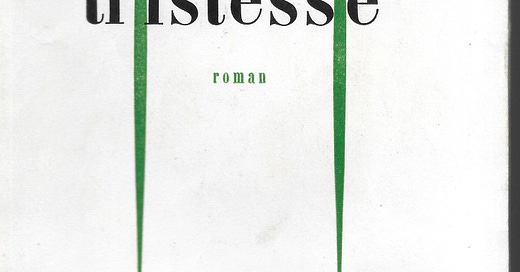



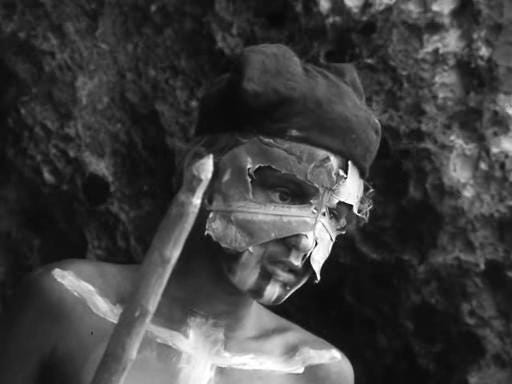
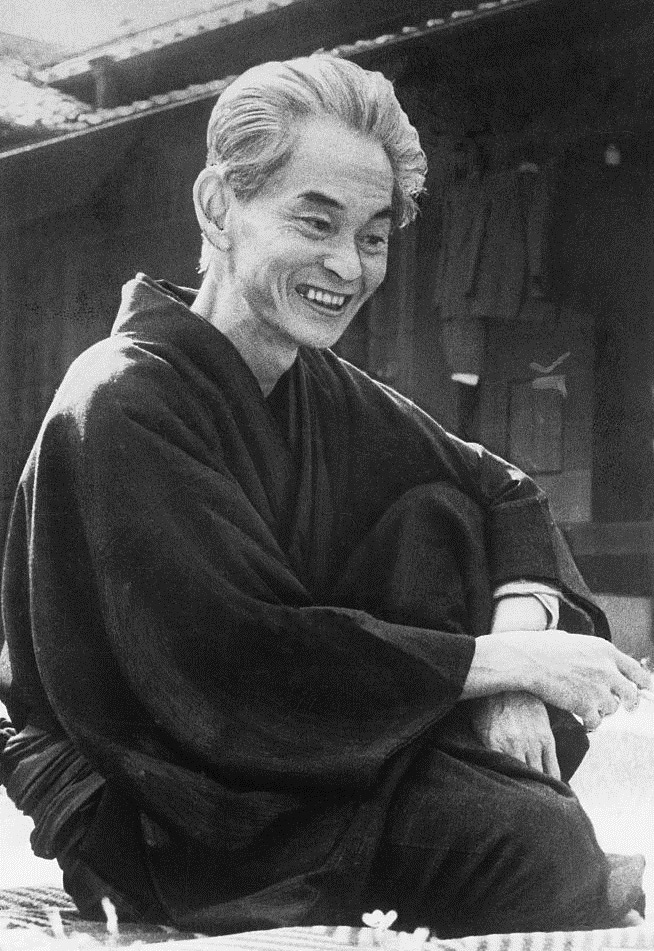
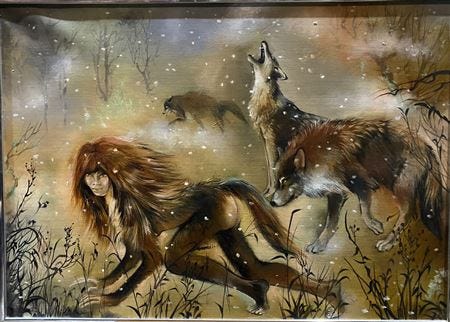
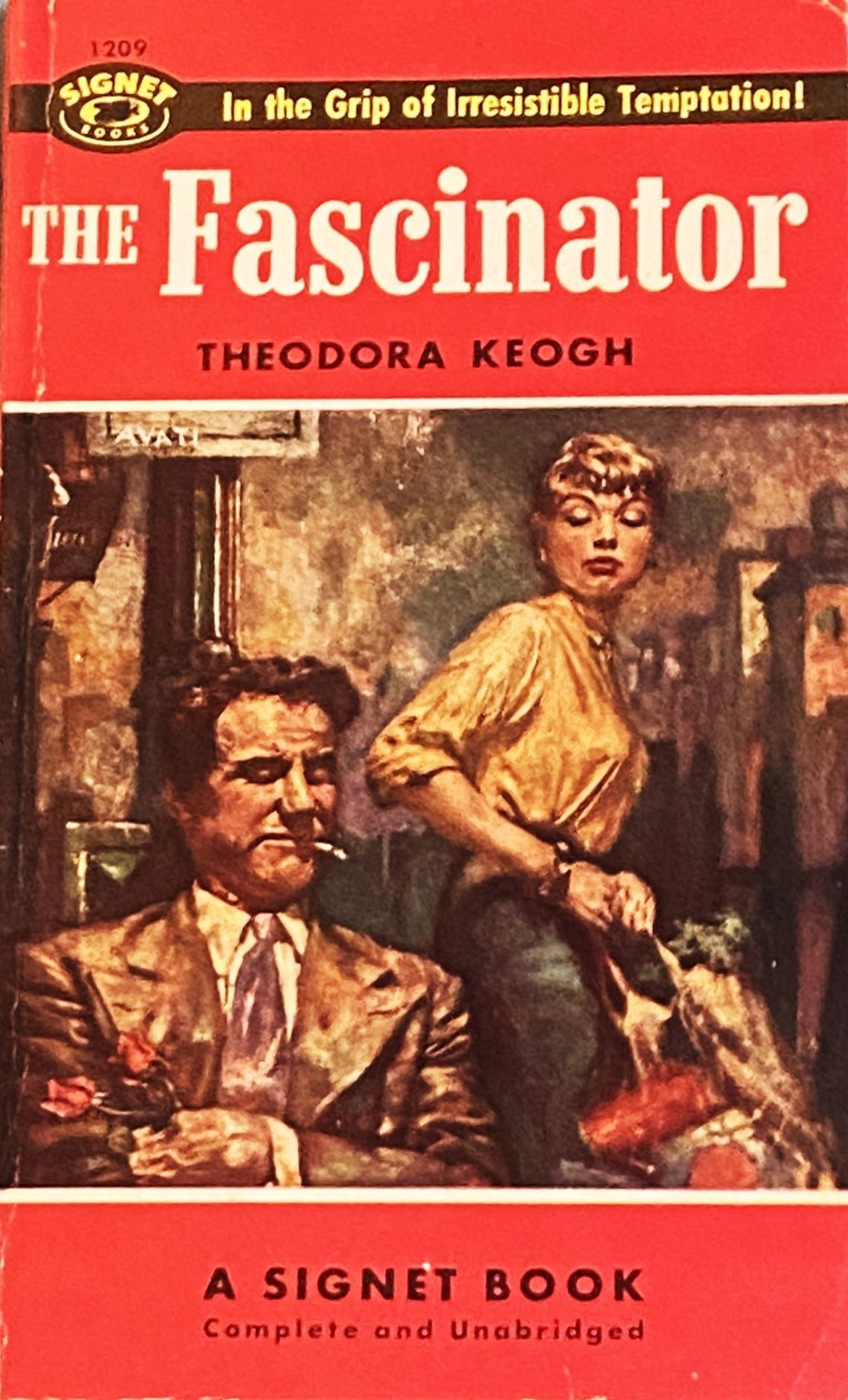
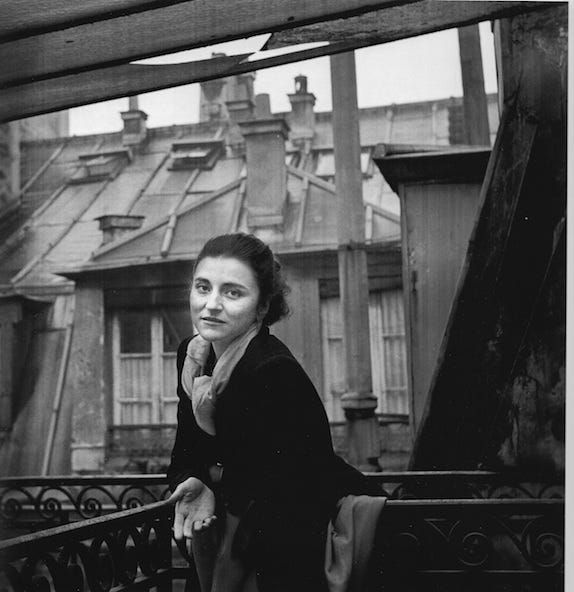
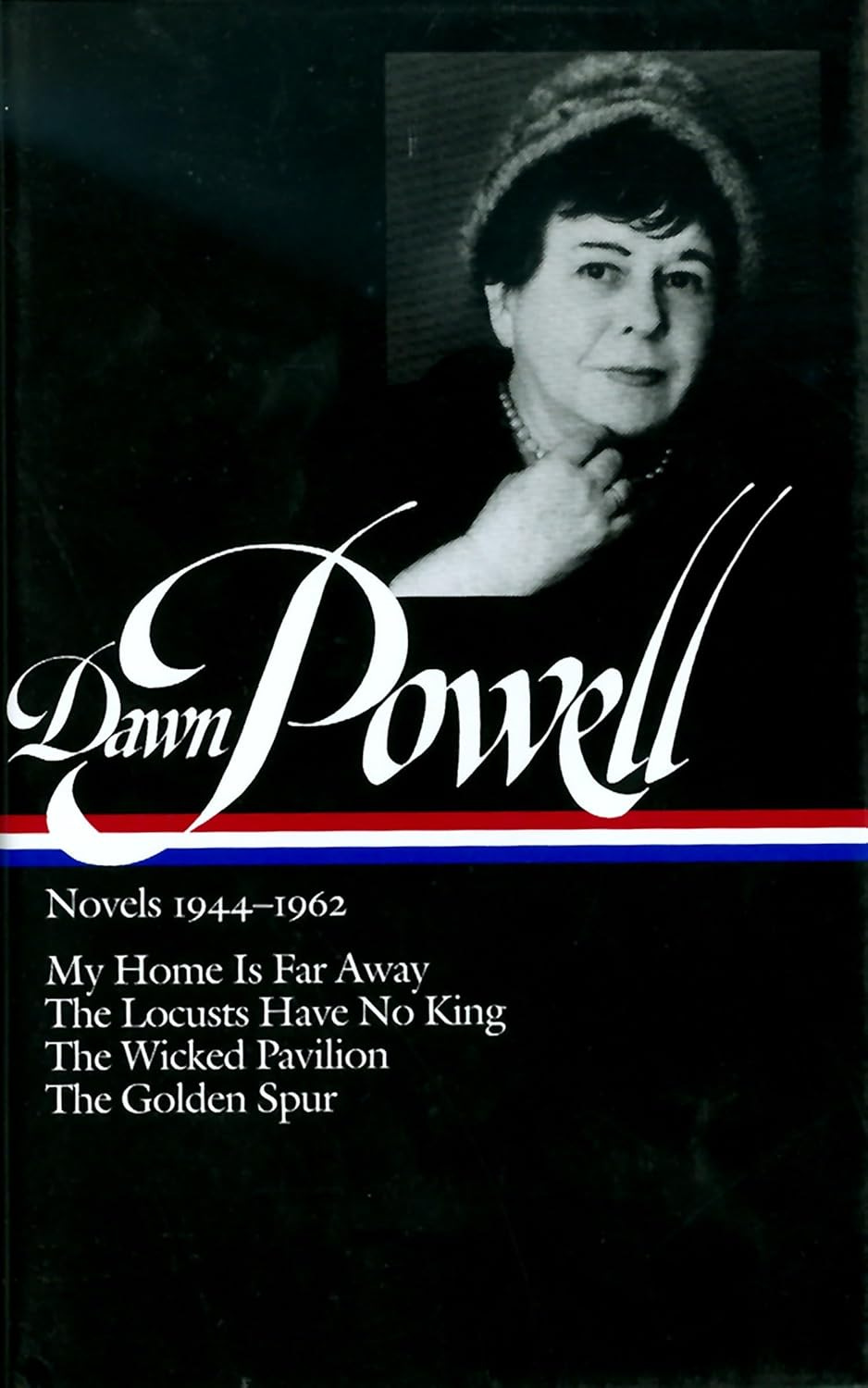
I've read only some of this list, but I read and loved Nector in a Sieve by Kamala Markandaya when I was young, found it later and loved it all over again! Students chose to have me teach Lord of the Flies, which I hated in school and still didn't like while I taught it, but the contrast [talking back] to The Coral Sea is interesting. They were public school boys [in England, that's "private school" to the US] and they brought the brutality of their class with them. And that conch... shells don't become translucent, they go the other way with time.
I've read all of the best known ones but many of the others interest me. I've read a lot of Murdoch, but not Under the Net. I think I might read the Comyns soon because the title alone is great and she was mentioned in a class in my MFA program ( Maud Casey, a class on "Lingering in the Strange"). The strange calls today-- surely these are some of the strangest times since my birth year, 1954.